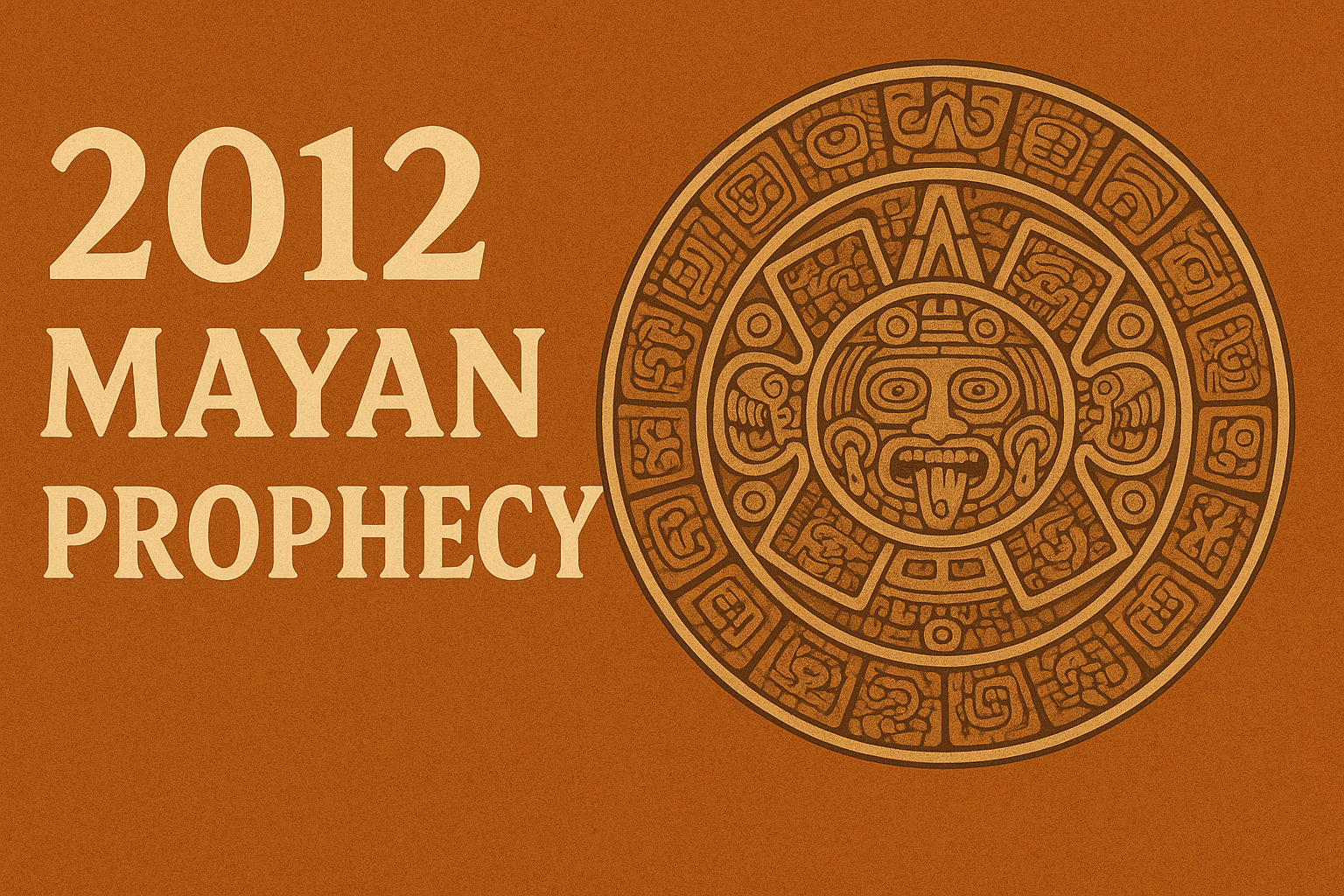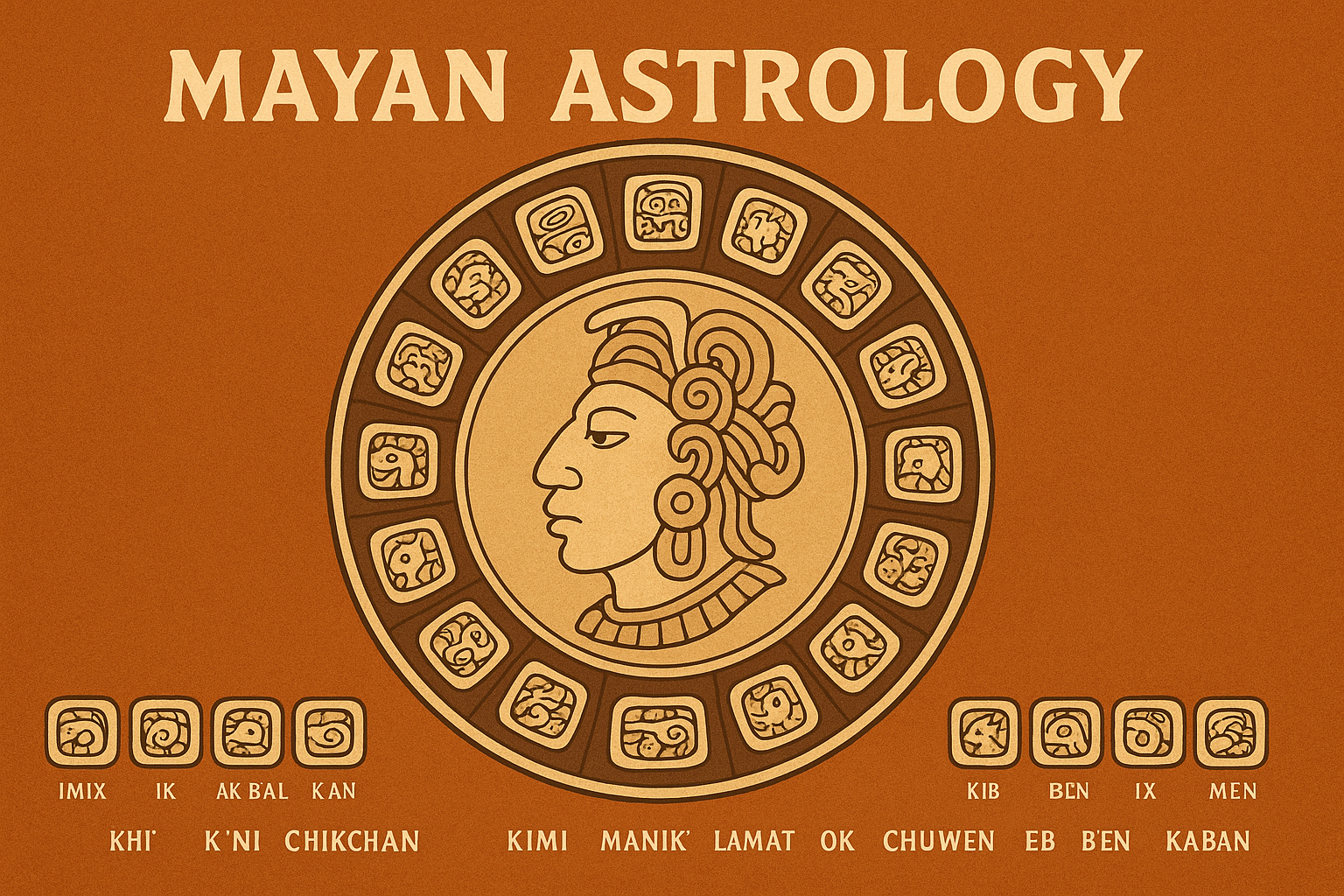Ultimate Guide: 5 Things to Know About the History of Somatic Yoga
Introduction to Somatic Yoga
Somatic Yoga represents an amalgamation of the age-old traditions of yoga with the modern understanding of somatic practices. It encourages a profound connection with the body through movement, breath, and mindfulness, guiding practitioners to a state of heightened body awareness. This form of yoga transcends conventional workout routines, inviting a more intimate and therapeutic relationship with one’s own physiology. Its roots can be traced back to both ancient philosophical teachings and contemporary movement science, creating a practice that is both venerable and innovative. By focusing on the felt sense of movement and the internal experience of the body, Somatic Yoga offers a unique pathway to wellness that is meticulously aligned with the needs of modern individuals.
Defining Somatic Yoga
Somatic Yoga is a holistic approach that merges the ancient practice of yoga with somatic movement education. This integrative method emphasizes internal physical perception and experience, offering a deeper awareness and consciousness of one’s own body. This practice moves beyond traditional forms, refocusing attention on the sensory-motor systems to encourage natural healing and self-regulation. Somatic Yoga is not merely physical exercise; it is a comprehensive practice that tunes the mind and body to work harmoniously, promoting both mental and physical well-being.
Origins and Evolution
The origins of Somatic Yoga can be traced to early 20th century thought, incorporating concepts from both Eastern and Western traditions. Significant contributors to its evolution include figures such as Thomas Hanna, who coined the term “somatics” to describe the experience of the body from within. The integration of these philosophies has altered the landscape of traditional yoga, embedding a more mindful awareness of the body’s sensations and movements. Over time, Somatic Yoga has continually developed, incorporating new research and understanding of human physiology and psychology to refine its practices.
Historical Foundations
The underpinnings of Somatic Yoga lie in a tapestry of time-honored practices and wisdom traditions. With echoes of ancient insights on interconnectedness and holistic health found within revered texts such as the Bhagavad Gita and the Yoga Sutras, Somatic Yoga serves as a bridge that links the spiritual discipline of yoga with contemporary perspectives on body awareness. By emphasizing an embodied understanding and kinesthetic intelligence, this practice represents an enduring legacy that continues to inform and shape the sphere of somatics in today’s world. Its historical lineage underscores a heritage that is both spiritual and scientific, providing a deep well of wisdom from which modern-day practitioners can draw.
Ancient Practices
The historical foundations of Somatic Yoga are deeply rooted in ancient practices that date back millennia. Early forms of somatic awareness can be found in yoga texts like the Vedas and the Upanishads, which underscore the importance of inner consciousness and bodily wisdom. These texts advocate for a union between the mind, body, and spirit to achieve holistic health. Techniques such as mindful breathing, meditation, and specific yogic postures (asanas) laid the groundwork for what would eventually become Somatic Yoga.
Influence of Eastern Traditions
Eastern traditions have had a profound influence on the development of Somatic Yoga. Practices from ancient India, China, and Japan have all contributed to the mind-body connection essential to somatic practices. For instance, the meditative and mindful aspects of yoga align closely with the principles of Tai Chi and Qigong, practices that also emphasize internal awareness and balance. These interdisciplinary interactions have enriched the field of Somatic Yoga, creating a unique blend that encompasses a spectrum of holistic health techniques.
Pioneers of Somatic Yoga
The tapestry of Somatic Yoga has been woven by numerous pioneers whose contributions have been indispensable to its formation and growth. These individuals brought forth innovative concepts that bridged body awareness with transformational techniques, creating a fertile ground for the flourishing of somatic methodologies. Leaders such as Eleanor Criswell, who emphasized the importance of volitional movement, and Emily Conrad, founder of Continuum Movement, played a significant role in expanding the scope of what Somatic Yoga could offer. With each contribution, the canvas of Somatic Yoga was further enriched, as these trailblazers defined and redefined the contours of somatic practices, embedding layers of knowledge and insight into this healing art.
Key Figures and Their Contributions
Several key figures have played pivotal roles in the development and propagation of Somatic Yoga. Thomas Hanna is often hailed as the father of modern somatics, introducing groundbreaking ideas that have influenced this field. His work on sensory-motor awareness has laid the foundation for many contemporary practices. Additionally, Moshe Feldenkrais and his method of somatic education provided significant insights into movement and body awareness. These pioneers, among others, have helped shape Somatic Yoga into the robust and adaptive practice it is today.
Impact on Modern Practices
The contributions of these pioneers have had a lasting impact on modern somatic practices. Their innovative approaches have permeated various disciplines, from physical therapy to sports science, thus expanding the reach of Somatic Yoga beyond traditional boundaries. The emphasis on body awareness and self-regulation has become integral to many contemporary health and wellness practices, empowering individuals to take charge of their own well-being.
Somatic Yoga in the 20th Century
As Somatic Yoga made its way into the 20th century, it encountered a crucible of Western thinking and technological advancement. A fresh perspective on somatic practices was introduced as the field absorbed concepts from emerging disciplines in anatomy, physiology, and cognitive science. This period marked a substantial shift in how somatic exercises were understood and practiced, with various pioneers blending Eastern contemplative traditions with Western scientific rigor, thus fostering a multidimensional growth in Somatic Yoga. The assimilation of these practices into mainstream health and wellness paradigms signified a new chapter for Somatic Yoga, one that highlighted its relevance and adaptability in the modern age.
Western Adaptations
The 20th century saw significant adaptations of Somatic Yoga in the Western world. Influences from psychology, neuroscience, and modern medicine began to intersect with traditional yoga practices, resulting in a more scientifically-informed approach. Schools and institutes dedicated to somatic practices emerged, offering structured programs and training. These adaptations made Somatic Yoga more accessible and appealing to Western audiences, who began to appreciate the physiological and psychological benefits of this integrated practice.
Significant Developments
Throughout the 20th century, numerous developments in the field of Somatic Yoga advanced its popularity and efficacy. Research into the neuromuscular system and the body’s ability to heal itself played a crucial role in these advancements. Techniques became more refined, incorporating biofeedback mechanisms and other technological aids to enhance body awareness and movement efficiency. Workshops, seminars, and courses on Somatic Yoga proliferated, contributing to a greater understanding and appreciation of the practice.
Contemporary Somatic Yoga
Today, Somatic Yoga stands at the intersection of tradition and innovation, with practitioners worldwide benefitting from its comprehensive approach to body-mind integration. With the advent of cutting-edge research in neuroscience and movement studies, contemporary Somatic Yoga has been able to tailor its methodologies to cater to a diverse array of needs and preferences. Digital platforms have democratized access to somatic knowledge, enabling more people to engage with these practices from the comfort of their homes. The adaptability and responsiveness of Somatic Yoga to current scientific findings and societal shifts ensure its continued relevance as a practice that honors the intelligence of the body and the transformative power of mindful movement.
Modern Techniques
In contemporary times, Somatic Yoga continues to evolve, incorporating modern techniques that leverage advancements in science and technology. Today’s practitioners utilize various innovative methods such as somatic experiencing, alignment-based yoga, and integrative body-mind training to promote health and well-being. These techniques focus on releasing chronic muscle tension, improving posture, and enhancing overall body awareness. Modern Somatic Yoga seamlessly blends traditional wisdom with contemporary science, creating a versatile and effective practice for individuals of all ages and abilities.
Ongoing Research
Ongoing research plays a vital role in the continuous evolution of Somatic Yoga. Studies on neuroplasticity, biomechanics, and psychophysical integration keep pushing the boundaries of what we understand about the mind-body connection. Researchers are increasingly interested in how Somatic Yoga can aid in healing trauma, stress reduction, and chronic pain management. The findings from these studies are not only validating the efficacy of somatic practices but also paving the way for new applications in healthcare, wellness, and rehabilitation. This ongoing research ensures that Somatic Yoga remains a dynamic and ever-evolving field.
FAQ: Questions and Answers of history of somatic yoga
Where did somatic yoga originate?
Somatic yoga originates from a blend of traditional Hatha yoga, modern neuroscience, and somatic movement practices. The term ‘somatic’ is derived from the Greek word ‘soma,’ which means ‘living body.’ This practice emphasizes internal physical perception and experience. Influenced by the work of Thomas Hanna, who coined the term ‘somatics’ in the 1970s, somatic yoga integrates principles from Feldenkrais Method, Alexander Technique, and other somatic disciplines aimed at enhancing body awareness and self-healing.
What is the science behind somatic yoga?
The science behind somatic yoga is grounded in neuroplasticity, the brain’s ability to reorganize itself by forming new neural connections. Somatic yoga practices engage the central nervous system, encouraging the brain to release habitual patterns and chronic tension. Through slow, mindful movements and focused attention, participants can retrain their neuromuscular systems to improve coordination, reduce pain, and increase overall well-being. This practice helps in recalibrating the brain’s control over muscles, promoting fluidity and ease in movement.
What is the history of somatic therapy?
Somatic therapy has roots in both Eastern and Western traditions. Its modern development began in the late 19th and early 20th centuries with pioneers such as Wilhelm Reich, who explored the relationship between emotional and physical health. In the mid-to-late 20th century, somatic therapy evolved further through the contributions of Alexander Lowen, who developed Bioenergetics, and Moshe Feldenkrais, who created the Feldenkrais Method. Somatic therapy today encompasses a variety of practices aimed at integrating mind and body to address trauma, stress, and other psychological conditions.
When did somatics begin?
The formal study of somatics began in the 20th century, particularly in the 1970s when Thomas Hanna introduced the term to describe practices aimed at internal body awareness and control. However, the concepts that underpin somatics have ancient roots, closely tied to holistic medicinal practices from Eastern cultures and body-centric psychotherapies in the West. Somatics emerged as a distinct field through the synthesis of these historical practices with modern scientific understanding of the mind-body connection.
What are the benefits of somatic yoga?
Somatic yoga offers a multitude of benefits, including improved flexibility, balance, and coordination. It enhances body awareness and mindfulness, which can lead to reduced stress and emotional regulation. By addressing chronic muscle tension and habitual movement patterns, somatic yoga can alleviate pain and enhance overall physical and mental well-being. It also fosters a deeper connection between mind and body, promoting a sense of inner peace and relaxation.
How does somatic yoga differ from traditional yoga?
Somatic yoga differs from traditional yoga in its emphasis on internal experience and movement quality over specific postures or alignment. Traditional yoga often focuses on achieving certain postures and maintaining them, while somatic yoga encourages slower, more mindful exploration of movement. This practice prioritizes how movements feel rather than how they look, allowing practitioners to develop a deeper sense of body awareness and release patterns of tension and discomfort.
Who can benefit from practicing somatic yoga?
Anyone can benefit from practicing somatic yoga, especially those experiencing chronic pain, stress, or limited mobility. It is particularly beneficial for individuals recovering from injuries or dealing with conditions such as fibromyalgia, arthritis, or scoliosis. Athletes and performers can also find value in somatic yoga to improve their body mechanics and prevent injuries. Its gentle, mindful approach makes it accessible to people of all ages and fitness levels, including seniors and beginners.
What techniques are commonly used in somatic therapy?
Common techniques in somatic therapy include body scanning, breathwork, and mindful movement exercises. Other practices might involve guided imagery, touch therapy, and methods like the Feldenkrais Method or Alexander Technique, which focus on retraining movement patterns and enhancing body awareness. Therapists may also use techniques like Somatic Experiencing, which helps clients process and release trauma stored in the body. These techniques aim to integrate physical sensations with emotional and psychological processes for holistic healing.
Summary of history of somatic yoga
The history of Somatic Yoga is a rich tapestry woven from ancient practices, Eastern traditions, and pioneering contributions. It has evolved through centuries and adaptions, profoundly impacting modern methods and therapeutic techniques. Today, Somatic Yoga stands as a compelling, research-backed practice that continues to grow in popularity and effectiveness, offering profound benefits for holistic health and well-being. With its deep roots and modern advancements, Somatic Yoga represents a unique convergence of tradition and innovation, making it a significant practice for contemporary wellness.

Looking for a place to stay? At Eagles Nest Atitlan we offer all inclusive rooms. Take advantage of the yoga classes, delicious traditional food, and breathtaking views that are at your disposal. Book here.






